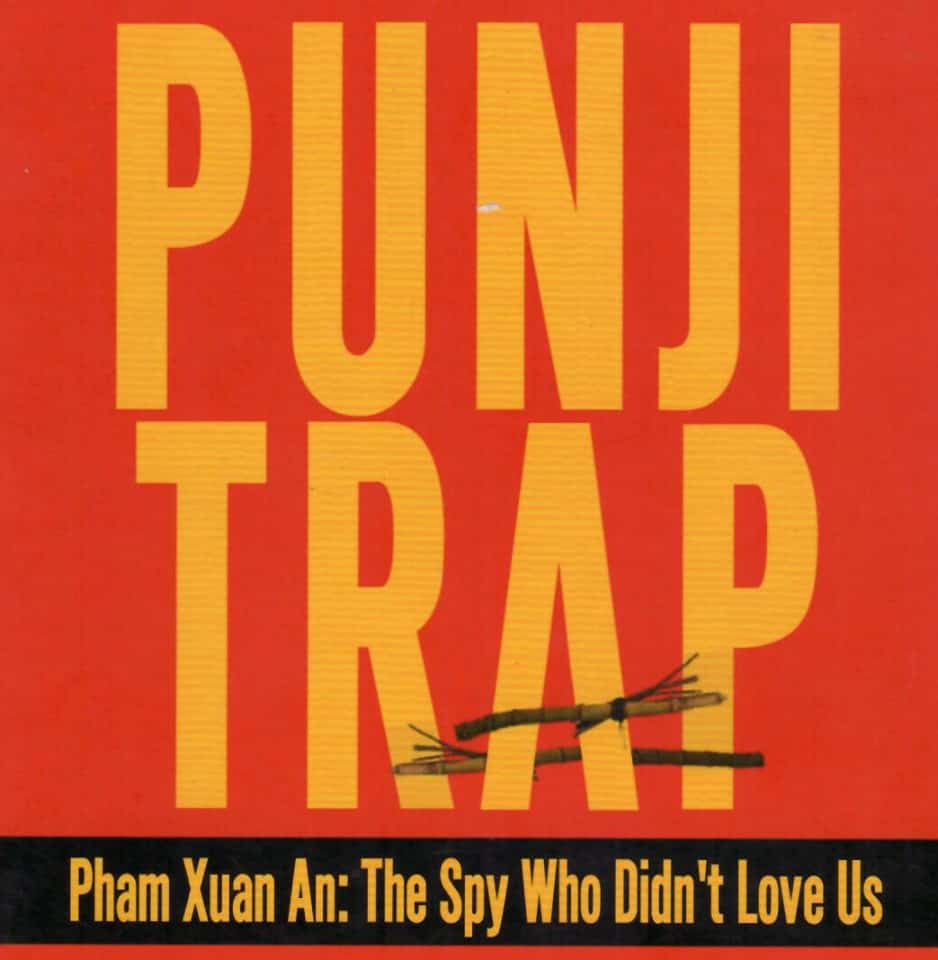

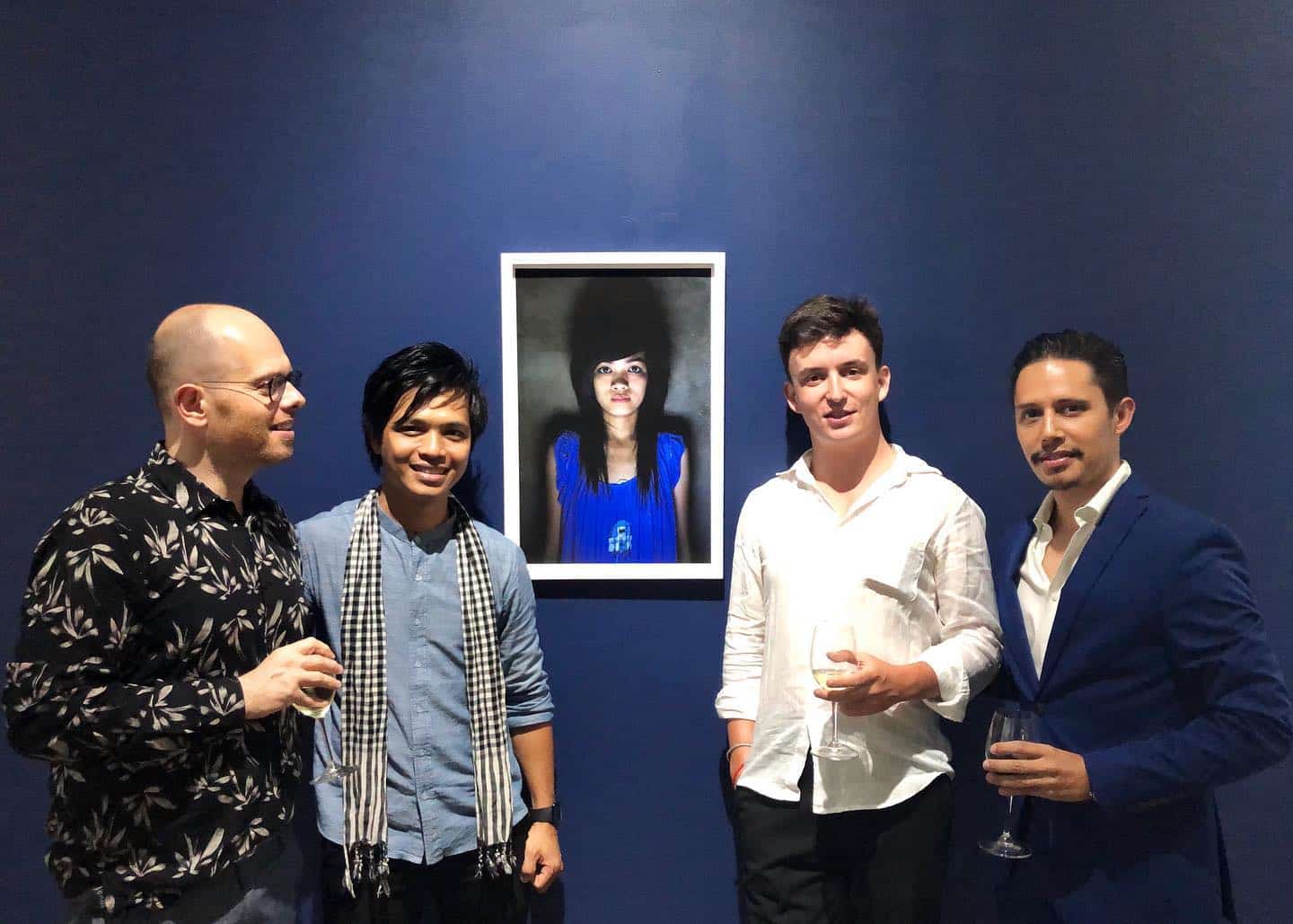
Batia Sarem Contemporary Art Gallery Honors Curation
Batia Sarem owners Lyvann Loeuk and Yves Zlotowski with artist Sovan Philong and gallery manager Martin Phéline. Batia Sarem Contemporary Art Gallery The art scene in Cambodia is a wild frontier that is wide open for all kinds of galleries. When Batia Sarem...
Why the Rock Opera “Where Elephants Weep” was a hallmark of Cambodian Culture
Cambodia Art & Culture: The Rock Opera Where Elephants Weep Shakespeare’s Romeo and Juliet has been retold countless times, and so has the old and similar Cambodian love story Tum Teav. Where Elephants Weep is the first Cambodian rock opera. It tells a...
Dambaul, Kon Len Khnhom & Meta Moeng – The Woman Who Creates Space for Artists
Cambodian Art Spaces for earnest conversation and connection in the arts are vital but frequently lacking in communities – especially in Cambodia. Libraries and reading rooms that have collections of books that can truly open eyes and minds are even harder to...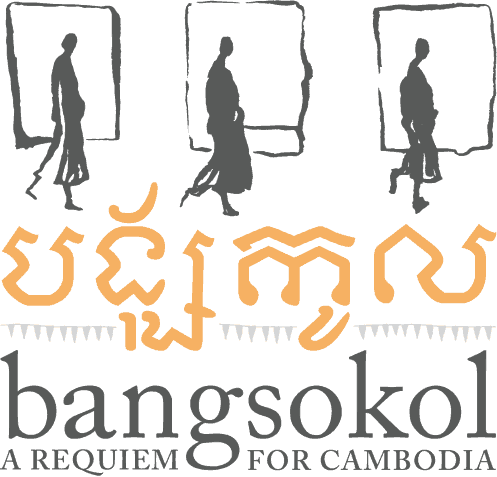
Bangsokol – A Requiem for Cambodia
Cambodia Art: BANGSOKOL Two beloved Khmers and survivors of the Khmer Rouge—composer Him Sophy and filmmaker Rithy Panh (The Missing Picture)—create a musical ritual to return dignity to Cambodia’s dead from the genocide. Combining traditional Cambodian music,...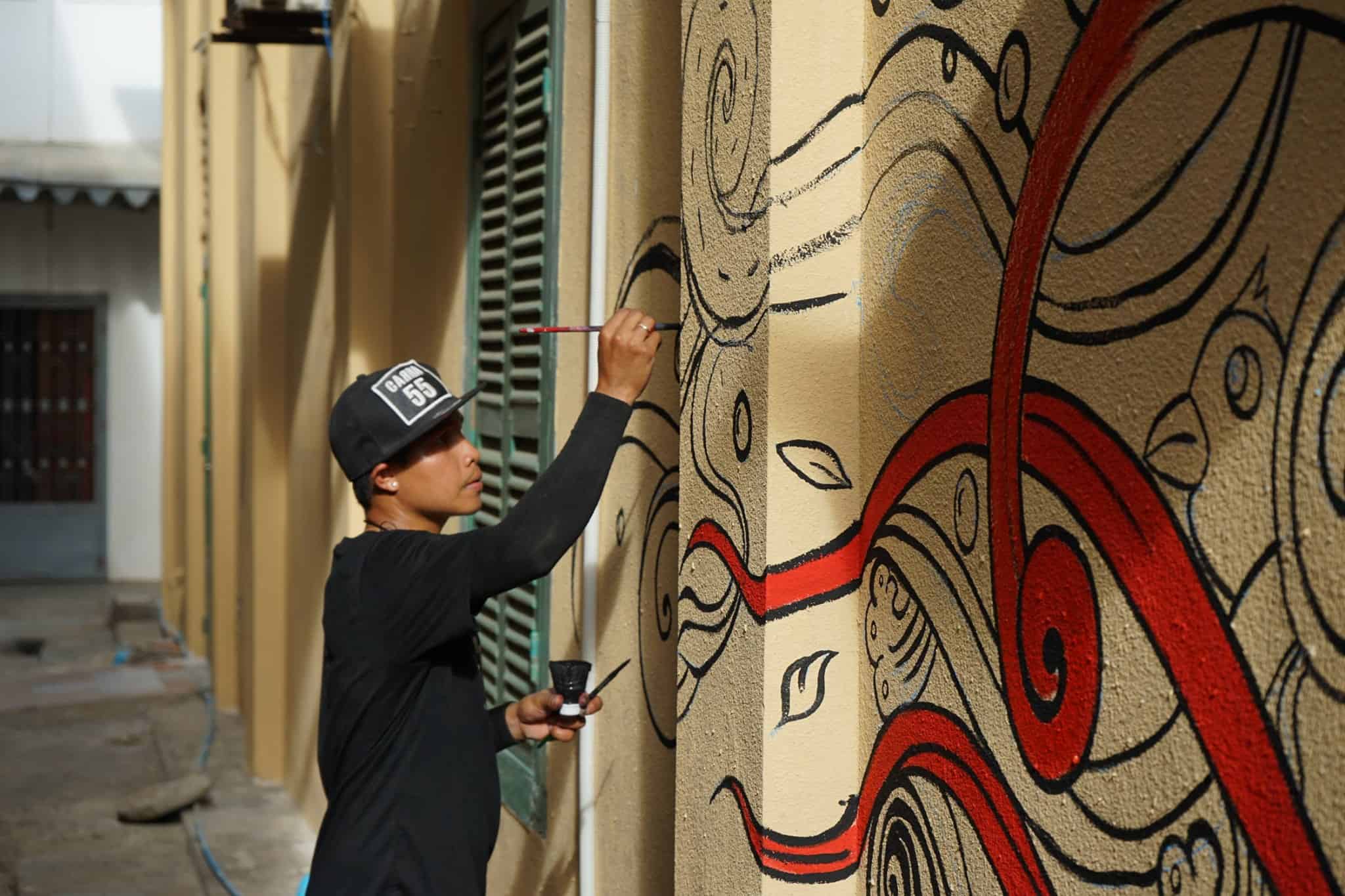
Street Art In Battambang
Battambang: Birthplace of Art in Cambodia Battambang is known for being the birthplace of much of the art in Cambodia, largely as a result of Phare Ponleu Selpak or ‘The Brightness of the Arts’ School and S’Art Urban Art Festival. During the Khmer...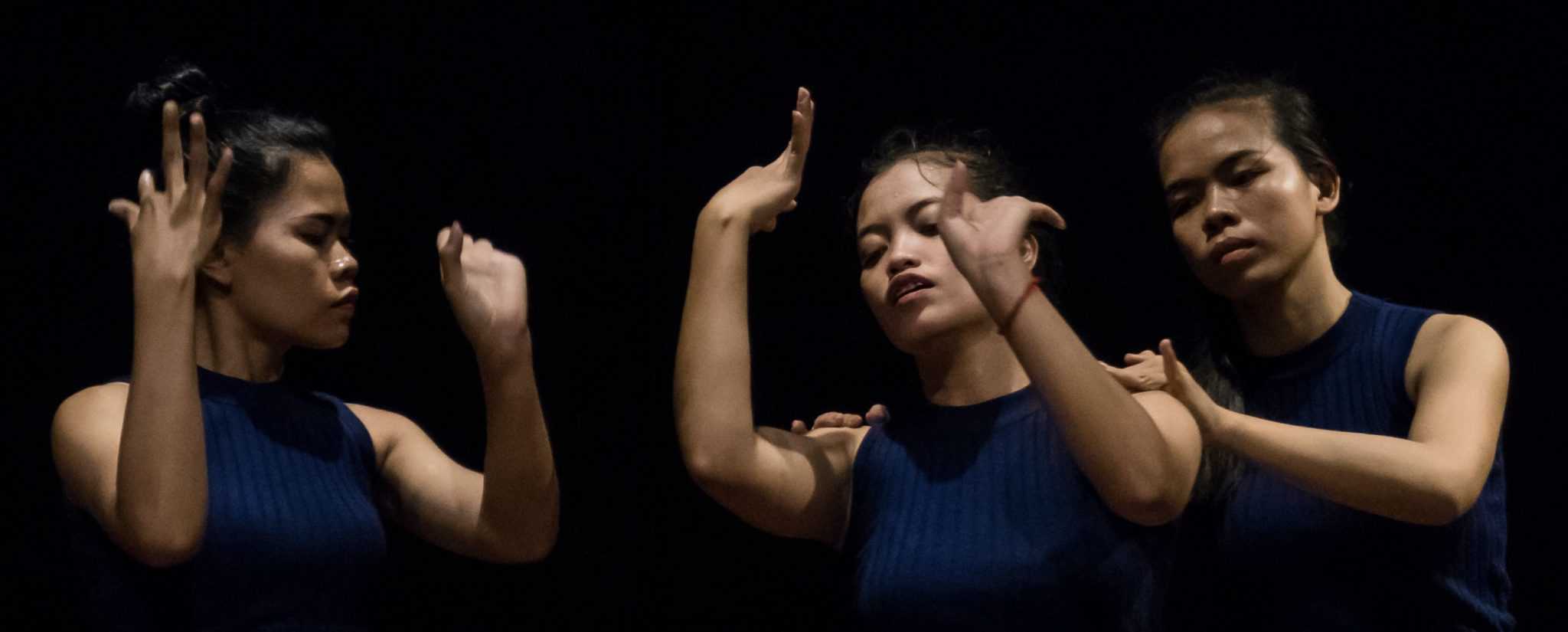
The Bold Women on Men’s Road – New Cambodian Artists
Cambodia Art & Dance: New Cambodian Artists
It is impossible for me to be objective in writing about the New Cambodian Artists – so I will not even try to hide my deep admiration for this female dance company in Siem Reap. Having seen hundreds of dance performances in my lifetime, these women strike me as the boldest and most intriguing I am ever encountered.
Their stories are not unlike those they share with so many others in Cambodia. They have intimately known poverty, exclusion from their families and friends for their choices to be artists, ridicule for not fulfilling traditional women’s roles, and stigmatization from the Aspara authorities for their right to dance without adhering to traditional forms.
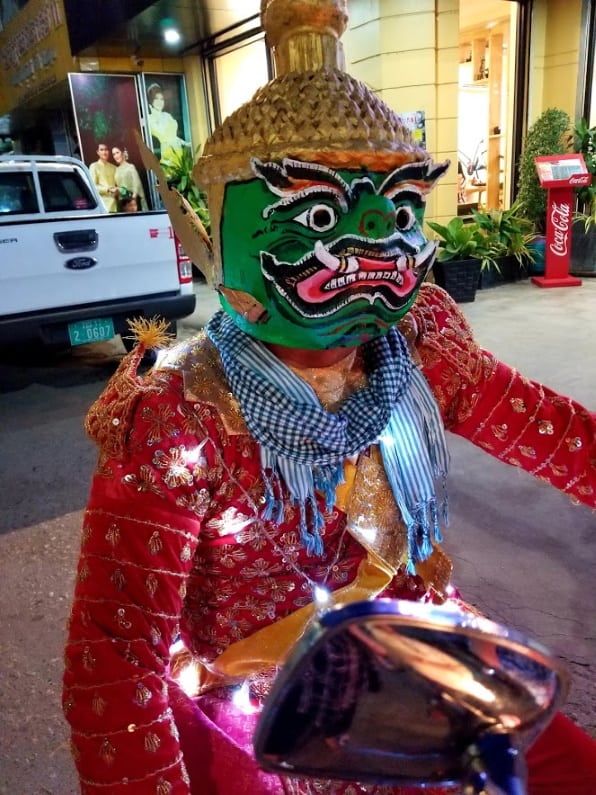
The Powerful Impact of Phare
Cambodia Art: The Spider Web of Phare If you have thought about visiting Cambodia, chances are you have heard about the celebrated Phare Circus. Stay in Cambodia for a while and chances are you will continually meet people who are connected to Phare. The students, the...